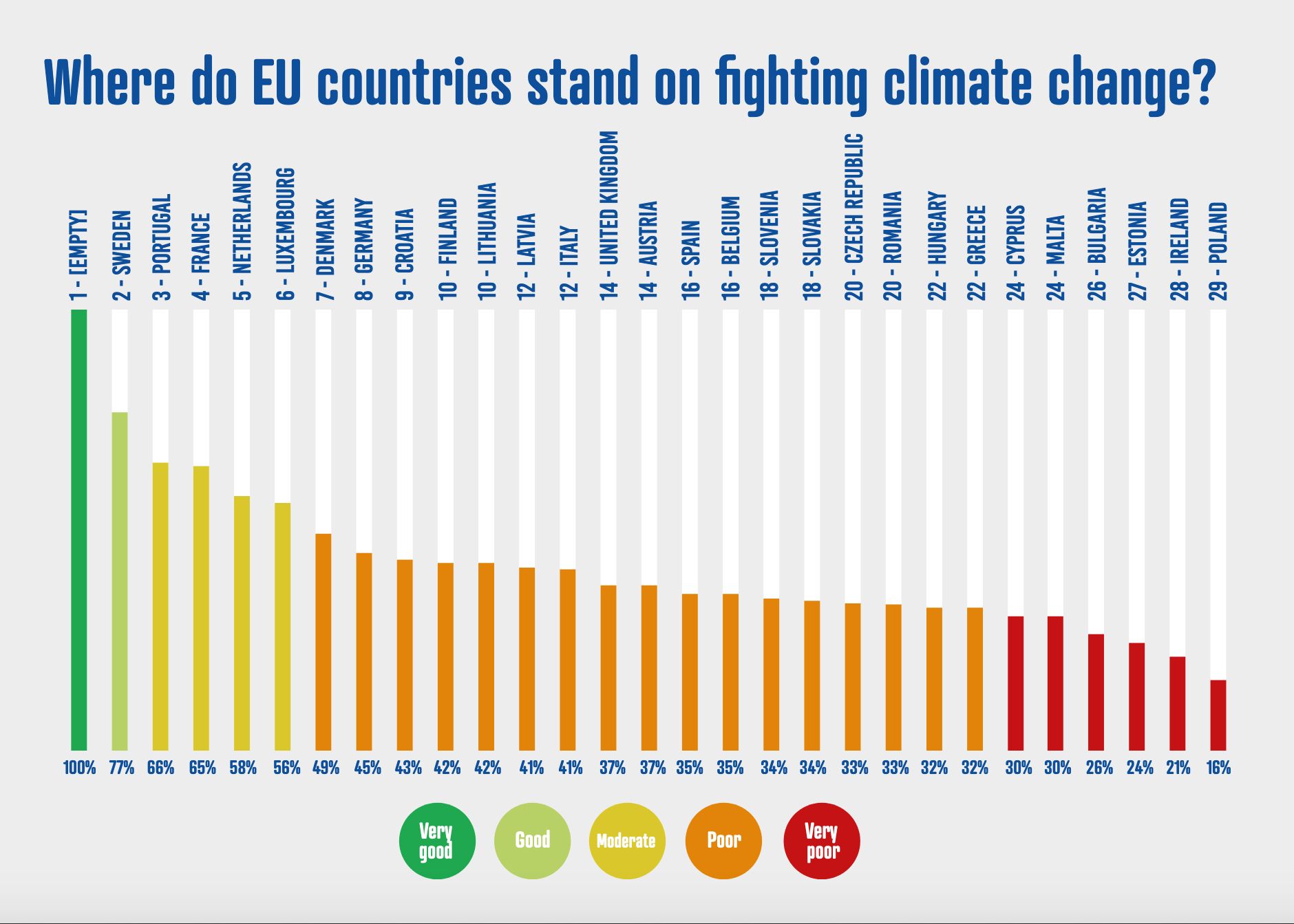Welcome Back Y’all!
Hope you are staying inside and practicing ‘social distancing’ as much as possible. As always I hope my blog can be both informative and fun to read.
This week we are focusing on the government and public policies and of course an ecofeminists’ view of them. While we have discussed contemporary issues before, especially last week. I find this week to be especially important because the role our government has within our society is a very powerful one. What we’ll be discussing centers around gender and the lack of the attention to it within our government, specifically in regard to environmental politics.
In order to successfully contribute to this week’s blog and provide my audience with the most accurate and detail oriented information I referred to the article Gender Equality and State Environmentalism by Kari Norgaard and Richard York. I think it’s important to point out the obvious, that Kari is a woman but Richard is a male. A male who contributes to a paper that focuses on ecofeminist thought. This just furthers my point, I’ve made in practically every blog post; that an ecofeminist can quite literally be anybody. If you are interested in reading this article yourself I will attach the link to the end of this blog. Although I’m hoping my overview of their article and thoughts will be enough for you to grasp the concepts they dive into.
So let’s get into it. In the first few paragraphs of their article they make it very clear that their overall message/thesis is that there is a connection between women in political positions and environmental policies being put into place. What is that connection though?
They importantly note that states within our nation who have more gender equality are more equip to protect the environment. “Women are more likely than men to express support for environmental protection and that women consider a variety of environmental risks, from nuclear power to toxic substances,to be more serious than do men” (Kari Norgaard and Richard York; Pg. 508). With this in mind, we can come to the conclusion that women should be equal to men in every sense, especially within a government setting/occupation because of the influence the government has on our nation. The gender gap is so closely related to and discussed in terms of environmental issues because historically, women have always been more connected to and dependent on nature than men have. This is most commonly seen in what is described as a woman’s ‘traditional’ role as a caregiver. I would argue that because of this role, women understand nature and it’s importance because they’ve seen first hand what it provides for us. Resulting in the inequality of genders and the lack of attention to environmental policies.
“If women are more prone to supporting the environmental movement than are men, increased representation of women in government might be expected to influence the behavior of nation-states with respect to the environment” (Kari Norgaard and Richard York; Pg. 509). However the continued presence of sexism continues to prevent this from happening. Norgaard and York discuss how sexism and environmental degradation have the same roots, so if sexism were to by some miracle disappear or significantly decrease within our government, the hope is that environmental policies would become more widespread and create a ripple effect of some serious change.
Despite the multiple conversations Norgaard and York have throughout their article their results remain clear as day, they “show that nation-states with a greater proportion of women in national Parliament, controlling for other factors, typically are more prone to environmental treaty ratification than other nations” (Kari Norgaard and Richard York; Pg. 519). To refer back to my question, what is the connection between women in political positions and environmental policies being put into place? Well it’s everything we’ve discussed, but the biggest and most important factor in answering this question is that women and nature are connected, thus making this an ecofeminist conversation.
To continue with the idea that women in power leads to more effective or simply any environmental policies, I did some general research. By simply typing in ‘the fight against climate change’ into google I came across a Time article. You should definitely go check it out but to sum it up it speaks about 15 different women who are fighting to stop climate change, all in different ways. One woman who stood out the most to me, especially after reading Norgaard and York’s article, was Tessa Khan. She “realized the courts could be a powerful tool to fight climate change” (Tara Law; Tessa Khan). She now fights against climate change from within the system, living in London and is a prominent member of the Urgenda Foundation. Just as Norgaard and York’s research suggests, a woman within the system is creating more positive and effective change, than if a man was in her position. I was also able to find a brief article that really contributes to Norgaard and York’s research. The article is only from a few weeks ago, it was written as a sort of Woman’s Day contribution piece. If you’re going to read anything that I’ve attached within today’s blog it should be this one. It’s a very quick read. It’s all about how no matter what a woman’s physical occupation is or what country she resides in or how much money she has, women will always be at the front lines of the fight against climate change, despite how hard it may be for her to do so compared to men. If women are fighting against climate change from all over the world, just imagine the impact we could have within positions of power.
To wrap up with week’s blog I’d love for you to go to this website which you can play around with to see the statistics of gender equality in a specific list of countries. Then take a look at this following photo, which shows the statistics of counties fighting against climate change.
If you look closely enough you can make the following conclusions; within the top ten countries of both gender inequality and climate change statistics, six of the countries are the same. In the top twenty of both statistics, fourteen of the countries are the same. This directly proves Norgaard and York’s ecofeminist theory that countries with a greater gender equality society are more likely to activity and effectively participate in the fight against climate change.
I hope you enjoyed this week’s blog.
Hope to see you next week!!
Until then Stay safe and healthy y’all.
Gender Equality and State Environmentalism by Kari Norgaard and Richard York:
https://pages.uoregon.edu/norgaard/pdf/Gender-Equality-Norgaard-York-2005.pdf
Other Sources:
https://time.com/5669038/women-climate-change-leaders/
https://www.urgenda.nl/en/home-en/
https://www.thegef.org/blog/celebrating-womens-contribution-global-environmental-sustainability







I tried the website you linked,
(https://eige.europa.eu/gender-equality-index/2019/FR)
and there was a huge amount of information about gender equality in different countries, and is absolutely worth looking at. Most of the conclusions it reaches fall in line with Norgaard and York’s theory, with Sweden ranking very highly on the fight against climate change, and the fight against sexism. Norgaard and York cite the Norwegian leader, Bruntland, as a key example for the correlation they are studying. They state, “Although Bruntland is clearly a powerful figure, her popularity with the Norwegian public speaks to her ability to tap into the widespread social values of equality and environmentalism” Bruntland, Kahn, and many other women are pushing these sorts of values onto the public, helping both agendas move forward, but what about the inverse? What about male leaders, and countries that are not succeeding in either category? The most prominent example that comes to mind in the United States, a country doing very little to fight climate change that is still arguing about whether or not to overturn Roe v. Wade. It is interesting that when the gender is flipped, we can see the problematic effects on our climate. Masculinity seems to appreciate and breed harmful ideals, resulting in less gender equality, and less climate action.
When I read this week’s readings it brought to my attention valid points that i never really thought of yet made complete sense. For example the main thesis they make, that countries with more gender equality have more environmental treaties and therefore show more care and protection of the environment. A country could show gender equality in many ways but one very relevant to this reading would be having more women in power/ in the government, such as women in Parliament which this paper focuses mainly on. Also as you said women are natural caregivers, they carry and support a baby for 9 months and are the sole provider of that baby until it is born. Since women had such a physical connection to the child, they will most likely continue to have a strong care for this child and continue to provide nurture for it. Women are also known to be nurturers of the environment. In many places women still very strongly rely on natural resources to care for their families, so ofcourse they want to make sure it is well taken care of. As well as being more concerned about possible damages and problems that are occuring in the enviornment such as global warming and climate change.
I think it is really sad that the oppression of women and the sexism this creates is making it harder for women to make up even half of the Parliament. If they had more oppurtunites and more women were in positions of power they would be more likely to be heard. If there is only one woman in parliament it would be unfortunate but likely that her opinion would be ignored and looked over. Yet if more women were in top rank power such as the prime minister of Norway, we can see alot more gender equality as well as positive influences to the enviornment.
Climate change since the 70s have been a big deal. Silent Springs written by Rachel Carson was actually the go to book that essentially started the trend. Women have always been at the forefront for anything dealing in respect. In human rights, animal rights, and natures rights; women generally are there fighting. Not all women are in the fight or even are against the fight. A lot of women actually did not want the right to vote in the early 20th century, partly due to the duties required of voters such as firefighter duty. Alongside the women in these fights have been in fewer numbers men. Even in times of creating a country, people like Abigail Adams writing to John Adams not to forget the women. Throughout history Women and men have been fighting for rights and equality. I would argue Women are more generally eager to fight for equal rights and respect, because of their more inherent ability in caring for others. This makes me inclined and happy to agree with you and the readings you used, that more women need to be in positions of power. specifically in positions of power in the government, and I believe they need to be more than the majority, because it is more often the woman who would care for the people than the man. I would say both men and women care, but a man cares more/ protects more of what is his. In doing this he may not realize in government that the people are his and he needs to care for the vulnerable. While women with their motherly instincts often care for the vulnerable such as the children, but not just their children, but all vulnerable peoples. Meaning more women in government would probably stop caring so much about costs of caring and just start fighting for people who are in need to be cared for. Though I feel we are a long way from the ecofeminist dream, I believe the dream is simply equality for all, and as long as there are people that care and want rights for all, the fight will continue long after it has been won.
Just type in Women in politics and environment and you’ll find multiple articles related to it. One such article I came across was by Lucy Goodchild van Hilten in her article, “Why We Need More Women Involved in Creating Environmental Policy”, referred to a research by university of Nebraska-Lincoln and the International Labor Organization in Geneva, Switzerland that “female economists are more likely to support environmental policies than their male counterparts.” Research of 1999 by a team from New Zealand showed that “women are more environmentally concerned than men.” In 2014 research by university of Melbourne, found a “link between gender and environmental identity, showing that women are more likely to strive for environmental protection.”
There are so many other researches conducted which showed that women in policy making does have a positive impact on the environment, and that women are more concerned about environmental issue than men. But why is that so? Both men and women live on this planet and are equally affected by environmental degradation. Then why are women more concerned about environmental issues than men? One way of looking at it is that women are made nurturers. They are emotional than men. So, anything related to nature and emotions, women are the ones who’ll be more concerned. Men however, are meant to be rational and logical. They will see profit and long-term benefit in everything rather than thinking emotionally.
“The take home message is clear: We need more women in office to solve our environmental challenges, said Rachel’s Network President Fern Shephard in Women in Congress get higher scores on environmental issues. She mentions statistics of women in congress holding 127 seats which make 24% of the House and Senate. “Gender parity in all aspects of our society will not only be a good thing for equality but will help to address environmental concerns as well,” said Rachel’s Network Communications Manager Erica Flock.
Articles won’t finish but our word limit would. In conclusion, women care more for environment than men.
https://www.ecowatch.com/why-we-need-more-women-involved-in-creating-environmental-policy-2593948717.html
https://www.womensmediacenter.com/news-features/women-in-congress-get-higher-scores-on-environmental-issues